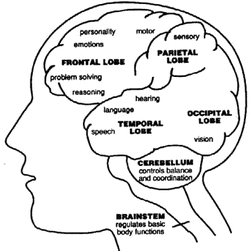|
One of my favorite classes this past quarter was called "Thinking on Your Feet." It's taught by a psychology professor and researcher who specializes in memory. We applied a lot of psychology research and different thinking techniques to solving business problems and becoming more effective "thinkers" within a business context. Below are some of my key takeaways. Physiology
Environment
Emotions
Dealing with Biases
Memory
0 Comments
I enjoyed my operations class this quarter because the professor was fun and engaging, and I finally had the chance to be in a full, real class with the rest of my section.
While most of my operations classes at Stanford focused on theory, such as around production systems design and supply chain management, this was a general course on operations management -- putting into practice through cases various higher level operations analysis techniques. A lot of this wasn't new to me, but it was nice to see it in a different context and more from the perspective of a general manager. The objective of the class was to teach us how to use operations in an organization as a competitive "weapon" and not as a burden or friction to minimize. Below are my biggest takeaways from the course.
I took my second negotiations class ever this quarter, and it was nice to revisit some of the things I learned before, looking at them now from a new perspective. Like the first class I took at Stanford, this one centered on simulations that we performed in class and then debriefed afterwards.
The main framework we covered in class was the one from the book Getting to Yes. Below are the main points in this framework:
|
Archives
February 2023
Categories
All
Subscribe |



 RSS Feed
RSS Feed

